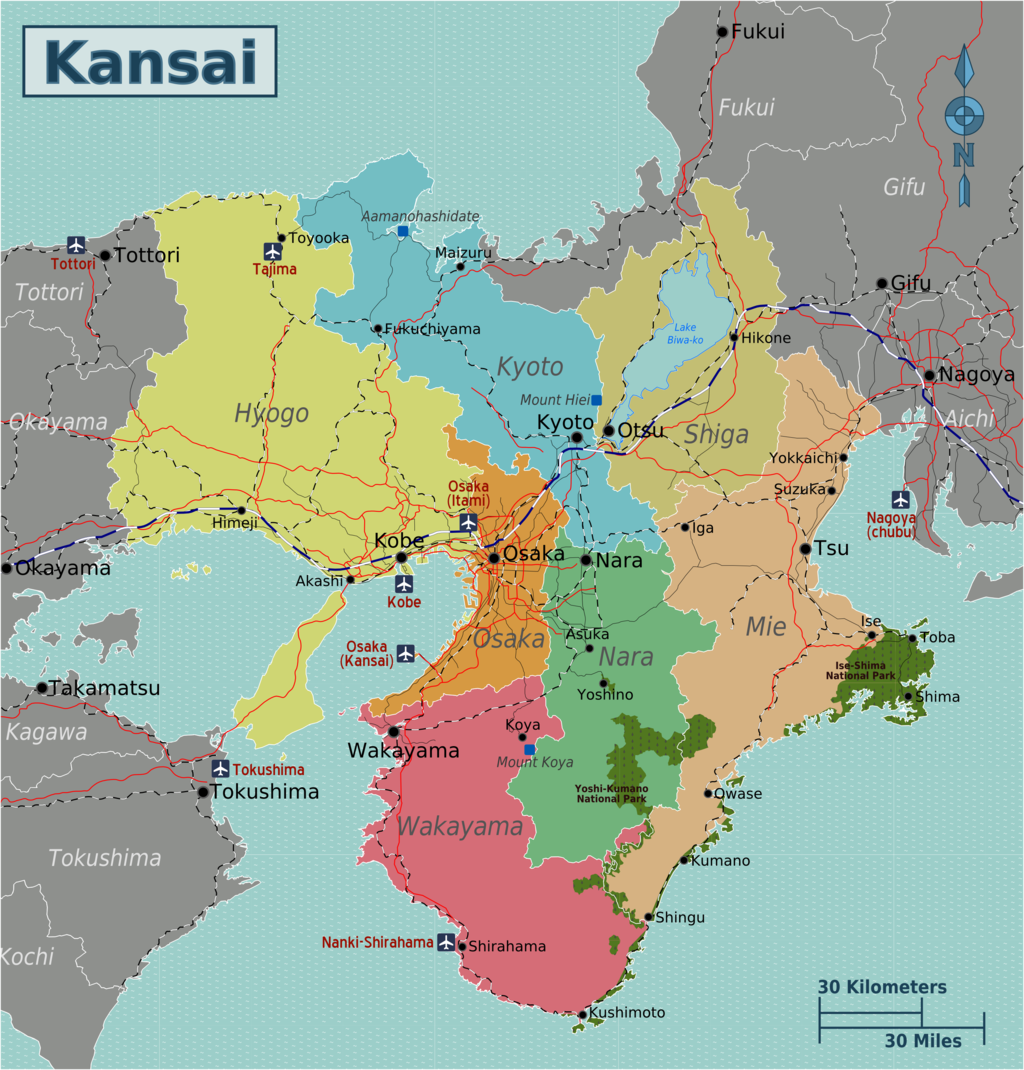Feb 28, 2022
All About the Kansai Dialect
Although we often talk about Japanese as if it were a single language, numerous dialects are spoken around the country. Standard Japanese is the form from Tokyo, chosen to unite the country in the latter half of the Meiji era. The Kansai dialect is the most common after standard Japanese because Kansai has the second-highest population.
The Dialects
The Kansai dialect is also a group of several dialects, each with vocabulary, pronunciation, and grammar variations. The main groups are the Inner Kansai, Outer Kansai, and Totsukawa-Kumano dialects. However, many of these groups consist of subgroups and sub-sub groups! For instance, under Inner Kansai falls the Kyoto dialect, further divided into Gosho, Machikata, Tanba, and Southern Yamashiro dialects. In addition, some dialects have influenced others. For example, the Osaka dialect has influenced the Kobe and Northern Nara varieties.
How the Kansai Dialect Differs from Standard Japanese
Numerous features of the Kansai dialect make it different from standard Japanese.
First, there’s phonology, or how the language sounds. Whereas standard Japanese has strong consonants, Kansai has strong vowels. There are also some specific differences to some particular sounds, which you’ll start to notice if you become more familiar with the dialect. However, the most distinctive aspect of the Kansai dialect in terms of phonetics is its accent. It has a pitch accent that makes it immediately apparent to Japanese speakers.
A second difference is grammar. There are specific rules for contractions that may mean you struggle to recognize a word the first time you hear it in the Kansai dialect. Conjugations for verbs can also differ, as can some of the vocabulary for adjectives, and there are some changes in particle use, such as missing case markers in colloquial dialect.
Finally, some words are unique to the Kansai dialect. These are the most useful to learn — both to drop into a conversation and to understand what others are saying. In particular, you may like to learn the local pronouns for the type of Kansai dialect you’re interested in.
Dialectic Identity
The Kansai dialect has important cultural connotations for local people. To its speakers, it’s much more than just one of the many Japanese dialects. They consider it the opposite of standard Japanese and are often proud to speak it. Many people prefer watching local TV shows for this reason, and several comedians perform their acts in the Kansai dialect — to enhance the humor by infusing it with the culture of their region. According to their audiences, these comedians wouldn’t be nearly as funny if they used standard Japanese.
If you live in Kansai, it’s worth learning some dialects. This will be especially useful for sounding more like a native in conversations. The good news is that just by talking to people in Kansai, you should find that you pick up many words and phrases and that these will quickly become a natural part of your speech.
T.Kambayashi, CC BY-SA 3.0, via Wikimedia Commons


About the author